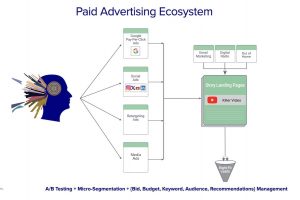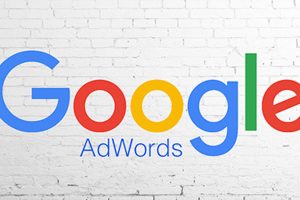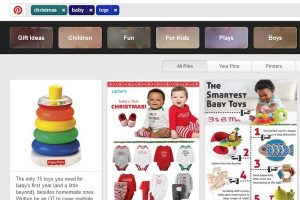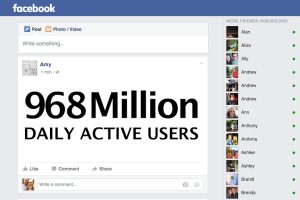
As a Pittsburgh-based paid advertising agency, we have adapted to the technological changes happening in the industry. Here are some SEM best practices that we regularly use to create and manage top converting campaigns for our clients.


As a Pittsburgh-based paid advertising agency, we have adapted to the technological changes happening in the industry. Here are some SEM best practices that we regularly use to create and manage top converting campaigns for our clients.

At Elliance, a digital marketing agency, we create unique landing pages for our higher education marketing campaigns. Here are some best practices that we follow which work well in attracting and engaging prospective students.

Until recently, the battle for consumer attention on digital devices and platforms was led by Google, Bing, Facebook, Instagram, LinkedIn and Twitter – and to a lesser extent by Pinterest and Snapchat. The entry of Amazon dramatically changes the dynamic of online advertising. It is now the third largest digital advertising platform in the US. […]

With people relying on mobile more than ever – over half of the trillions of Google searches happen on mobile – Google recently announced changes to favor the mobile experience. Google is calling this the biggest change since AdWords launched 15 years ago, and in my 10+ years experience working in the platform, I would agree! […]

Google has confirmed they will no longer show paid ads on the right side of the search results.

Pinterest promoted pins are another great way to get exposure for your website, products and business — a dream come true for b2b marketing!

A smart way for higher ed marketers to reach prospects on Facebook is to target by demographic. Are you using this paid marketing medium to its full potential?

You want to be sure you are getting the most out of your retargeting campaigns, and most importantly, your repeat visitors. Be sure to avoid these 3 retargeting mistakes…

There have been lots of articles and speculation over the last few months about the teen audience leaving Facebook. This could be a major concern if you are using Facebook paid advertising to target teens, but should you be really concerned? How many teens have left? iStrategy Labs reports a 25.3% decline in teens using […]

Google recently shared an infographic depicting how 2013 transformed digital marketing. There are some great stats in here… 73% of advertisers report using social media ads 239% YOY increase in mobile queries across the Google Display Network See the full infographic: http://think.storage.googleapis.com/docs/redefining-advertising_infographics.pdf If you are seeking a paid advertising agency, consider partnering with us.